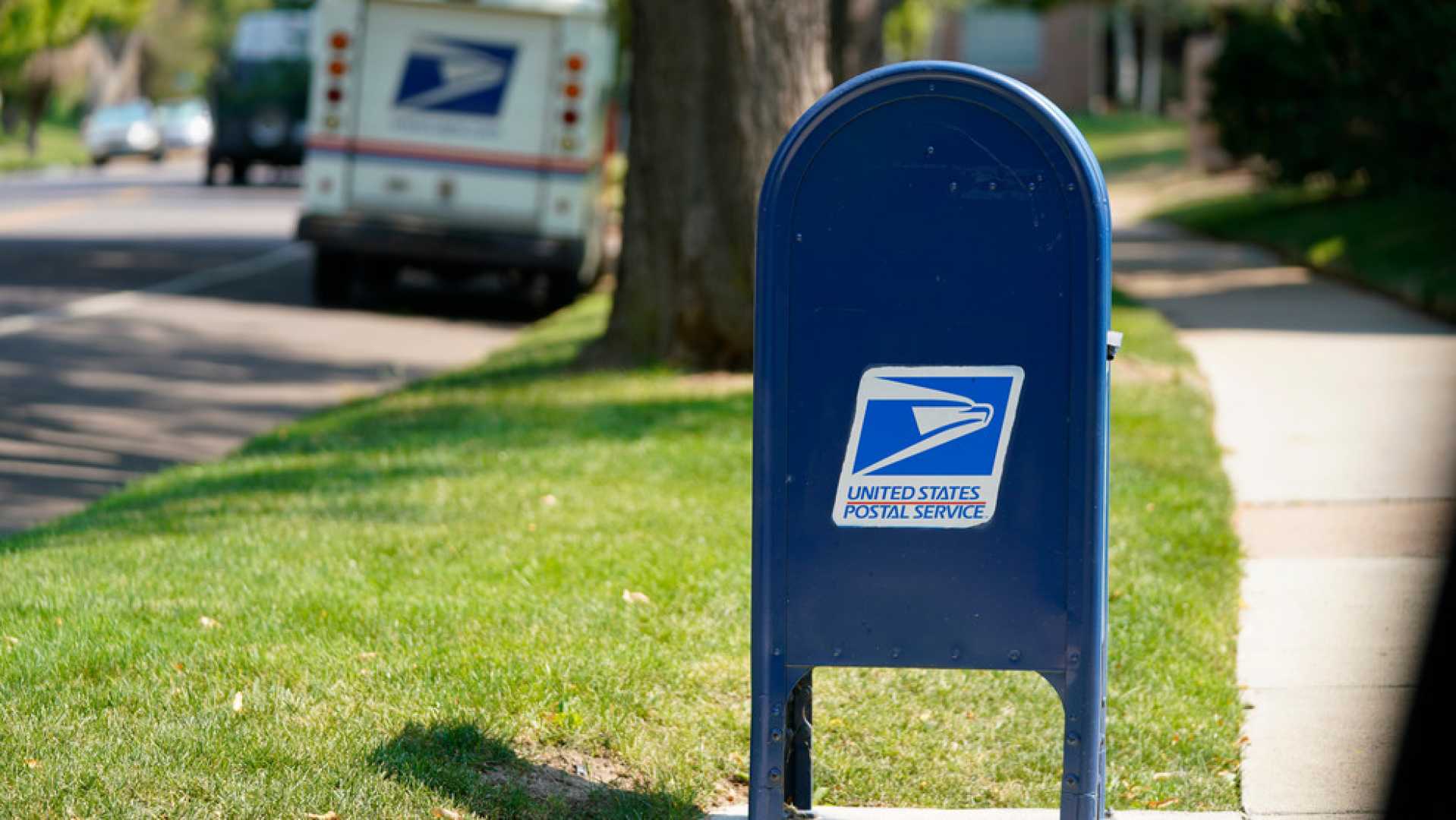Business
Postal Service Struggles Financially, Seeks New Revenue Strategies

Washington, D.C. — The U.S. Postal Service (USPS) cannot solely rely on budget cuts to resolve its financial problems, Postmaster General David Steiner said at a recent Postal Board of Governors meeting.
Steiner emphasized the need to expand revenue sources to maintain the postal service’s vital role in the American delivery network. He advocated for enhanced partnerships with customers for ‘last mile’ delivery solutions, which represent the most costly part of logistics.
“I’ve taken to saying that we cannot cost-cut our way to prosperity,” Steiner expressed. “We have to grow.” He noted that since taking office in July, he has engaged in negotiations with private delivery services like UPS to boost last-mile delivery efficiency.
Additionally, Steiner aims to promote new services for both large and small retailers, enabling fast delivery options in an increasingly competitive market. “The desire for fast, reliable, and affordable delivery is certainly strong among all retailers,” he stated.
Despite reporting an increase in operating revenue to $80.5 billion, the USPS recorded a net loss of $9 billion for the fiscal year 2025. Amber McReynolds, chair of the Postal Board, cited “long-standing and unnecessary restrictions” that constrain USPS financially, emphasizing the urgent need for legislative reforms.
McReynolds highlighted challenges in the USPS retiree system funding and suggested revising pricing structures and borrowing limits, which have not been updated since 1991.
In the context of the upcoming holiday season, Steiner reassured the public that the postal service is prepared. He noted that $20 billion has been spent in recent years on modernization efforts.
Concerns have arisen regarding the potential privatization of the USPS, a topic addressed by McReynolds. “There are no proposals or plans to privatize the postal service,” she affirmed, aligning with Steiner’s commitment to maintaining a public service.
Steiner emphasized the necessity to cut costs while also enhancing efficiency through innovative solutions, possibly integrating artificial intelligence into logistics operations.
Overall, Steiner’s comments reflect the USPS’s dual approach of seeking new revenue channels while addressing existing financial constraints to ensure long-term sustainability.












